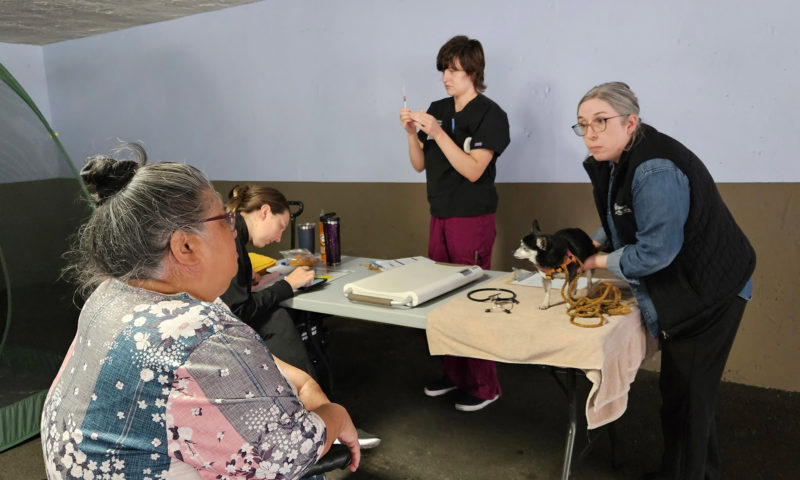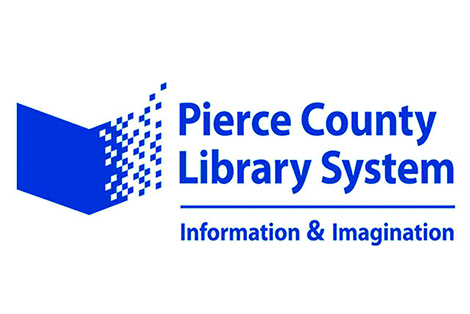By Barbara Morrison
According to the Centers for Disease Control and Prevention (CDC), there are around 28,900 residential care and assisted living facilities in the U.S.. The majority of the facilities contribute greatly to the country’s social and economic fabric. However, despite the importance of these facilities in our society, they often struggle to find affordable financing to expand or improve their services.
Fortunately, the Small Business Administration (SBA) 504 loan program provides an affordable way to obtain funding for building or improving an assisted living facility. The SBA 504 program significantly reduces the amount assisted living facilities have to pay for a down payment and provides a long-term, below-market, fixed interest rate.
The loans enable a business owner to purchase, renovate, construct or refinance commercial real estate with only a 10 percent down payment. With the low down payment, businesses can retain precious working capital so that the company can continue to grow. Renovations, equipment, closing costs and soft costs can be financed as part of the total project cost, and the down payment is only 10 percent of that total.
SBA 504 loans are designed to solve important challenges. Recent Census data indicates there are around 76.4 million baby boomers in the United States. The first boomers were born in 1946, which means those 76 million-plua people are at or quickly approaching the age of 76 years old. As they get older, they often need assisted-living arrangements to ensure a high quality of life. The SBA 504 loans provide business owners with access to the funding they require to own and manage facilities that help care for the nation’s aging population.
The loan process streamlines funding and reduces the risk for lenders, as well as assisted-living facility owners.
The structure of an SBA 504 loan is designed to mitigate the risk associated with lending without limiting the amount of capital borrowers gain access to. Here’s how that’s done:
- The loan can consist of two mortgages. The first mortgage is provided by a conventional lender, representing approximately 50 percent of the total project cost. The SBA 504 second mortgage, representing generally 40 percent of the total project cost, has a long term, up to 25 years, and fixed interest rate, fully amortized for the full term of the loan.
- The rest of the funds come for the borrower as a down payment, meaning it is possible to borrow as much as 90 percent of the money needed, paying the remaining 10 percent out of pocket.
- Monthly payments are fixed for the life of the loan, providing small business owners with affordable payments that enable them to control overhead costs for the long term. The interest rate is below-market and to the current market rate for five-year and 10-year U.S. Treasury notes, always being a certain amount above it.
To be eligible, an assisted living facility needs to:
- Operate as a “for-profit company” in the U.S. or one of its territories.
- Have a management team with sufficient expertise, good character and the ability to repay the loan.
Barbara Morrison is the founder and president of TMC Financing, which provides SBA commercial real estate financing. She’s a former mayor and City Council member for the city of Belvedere, Calif.


